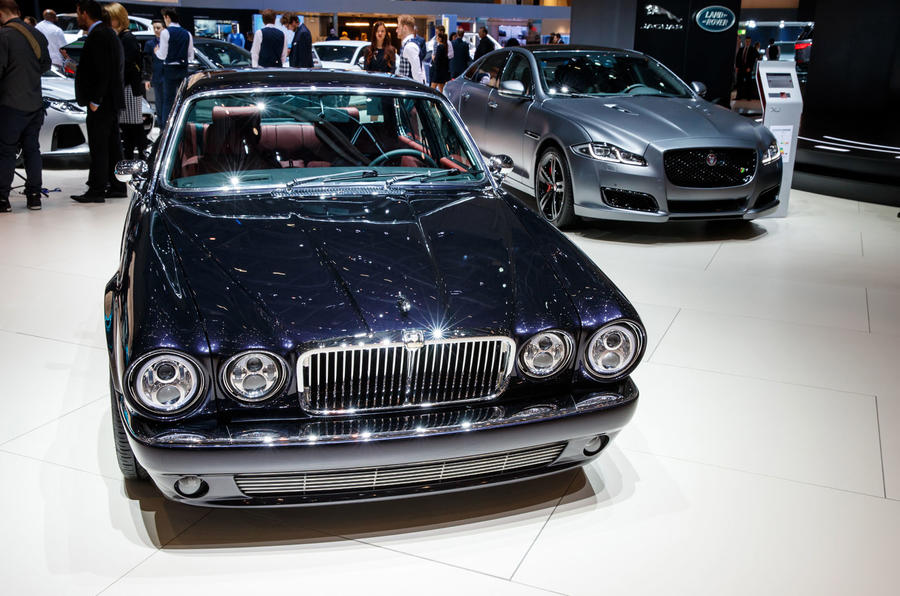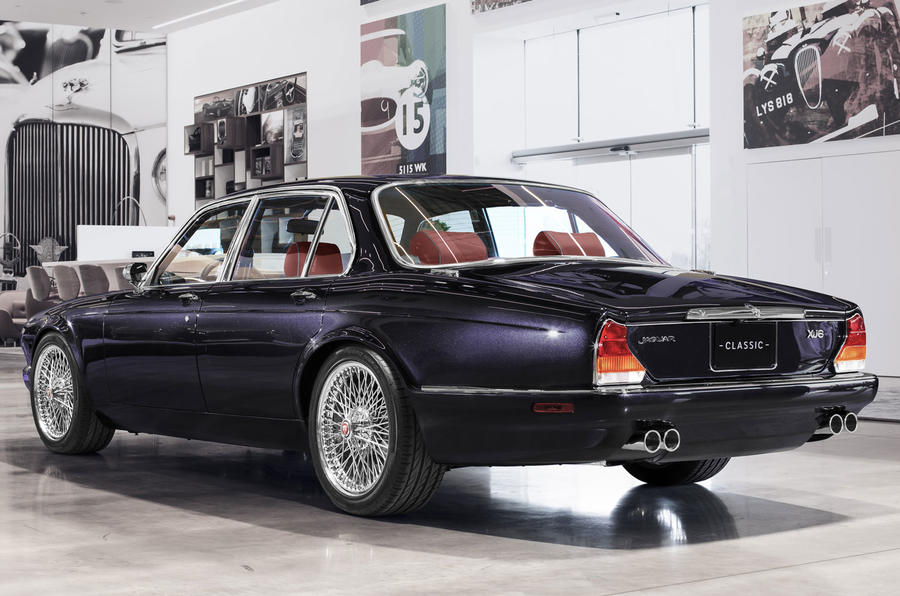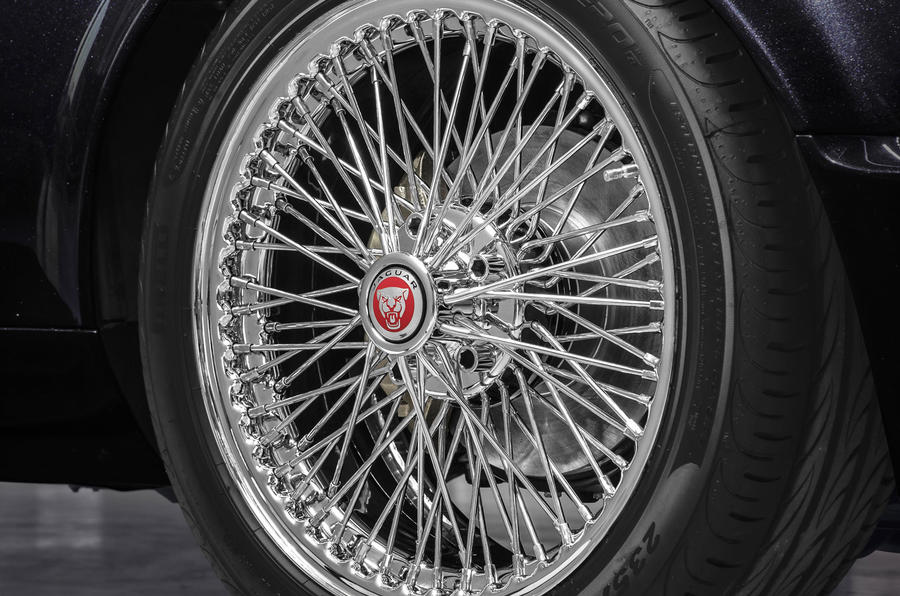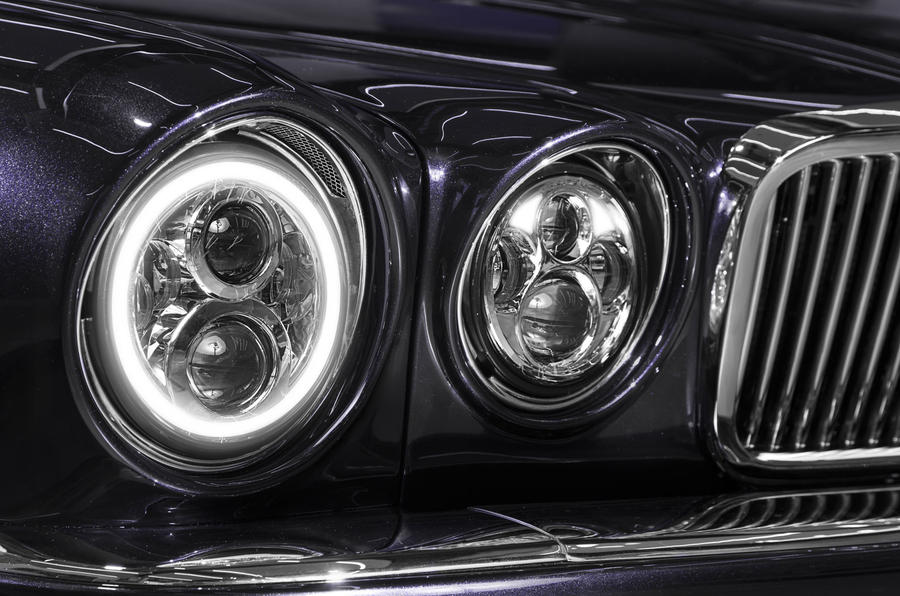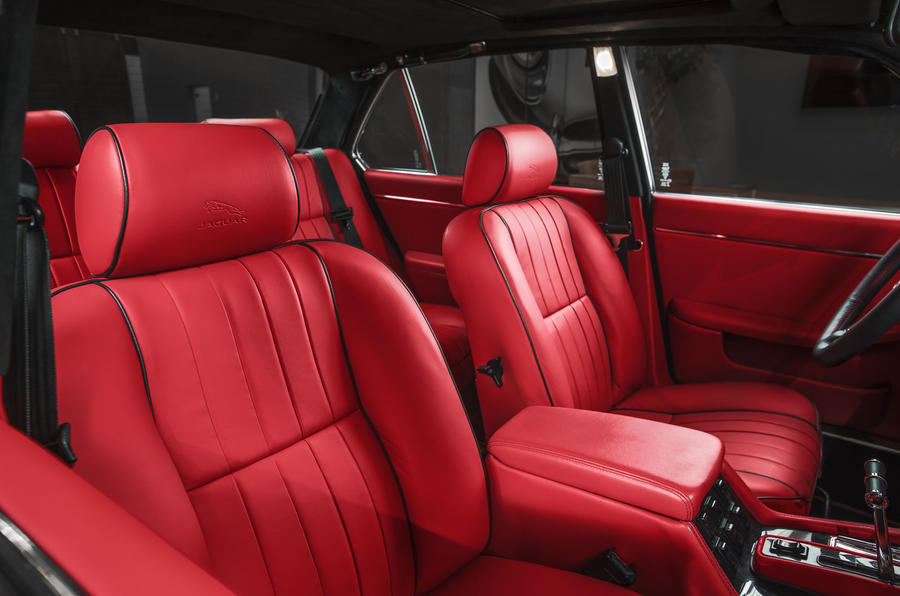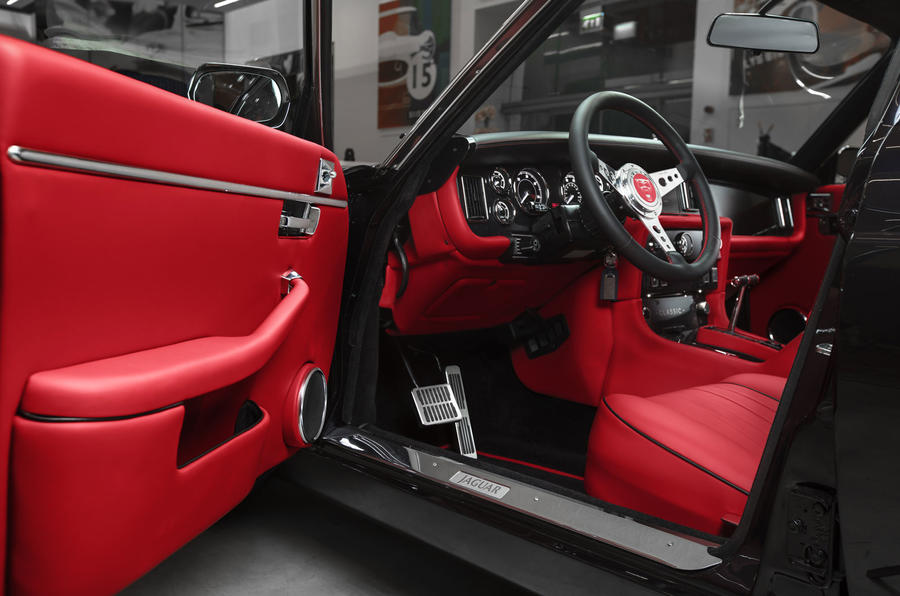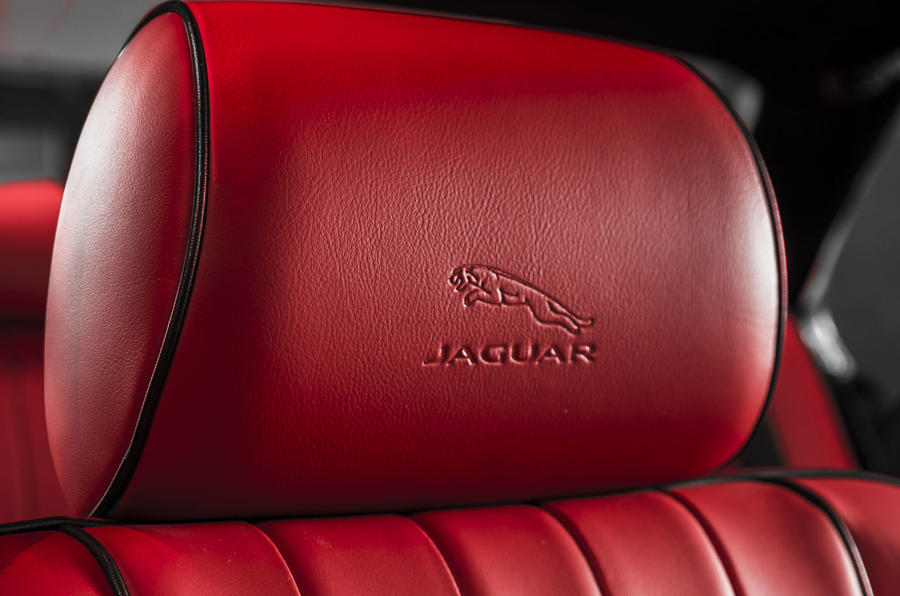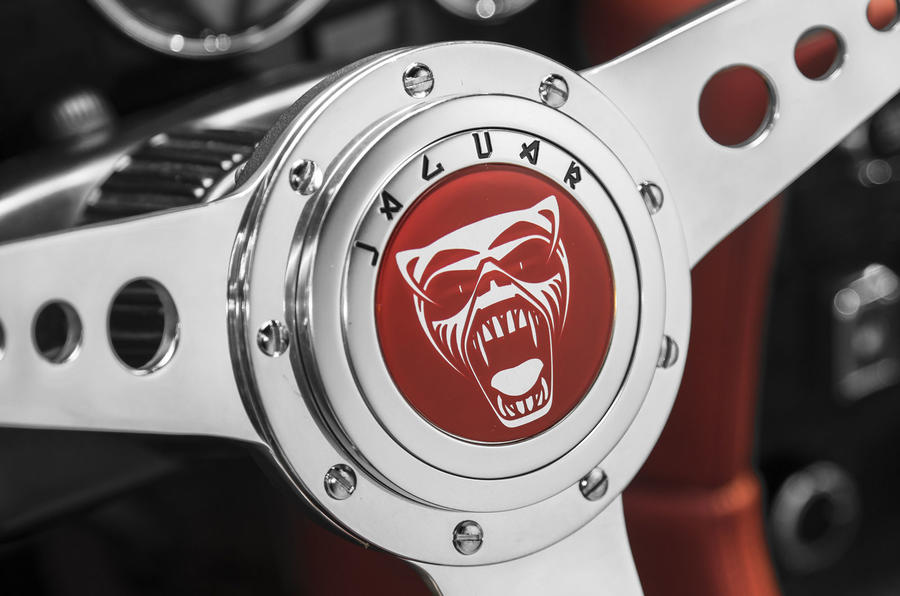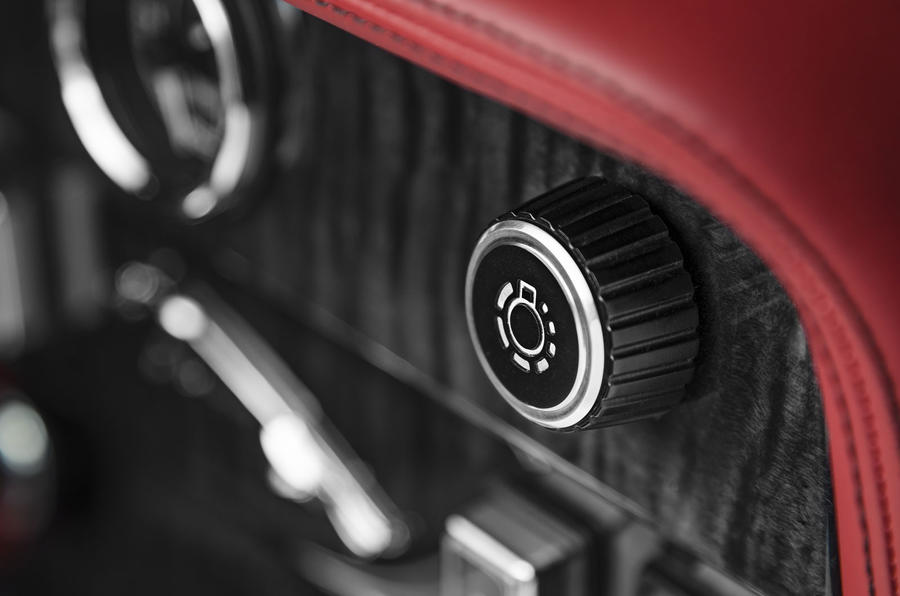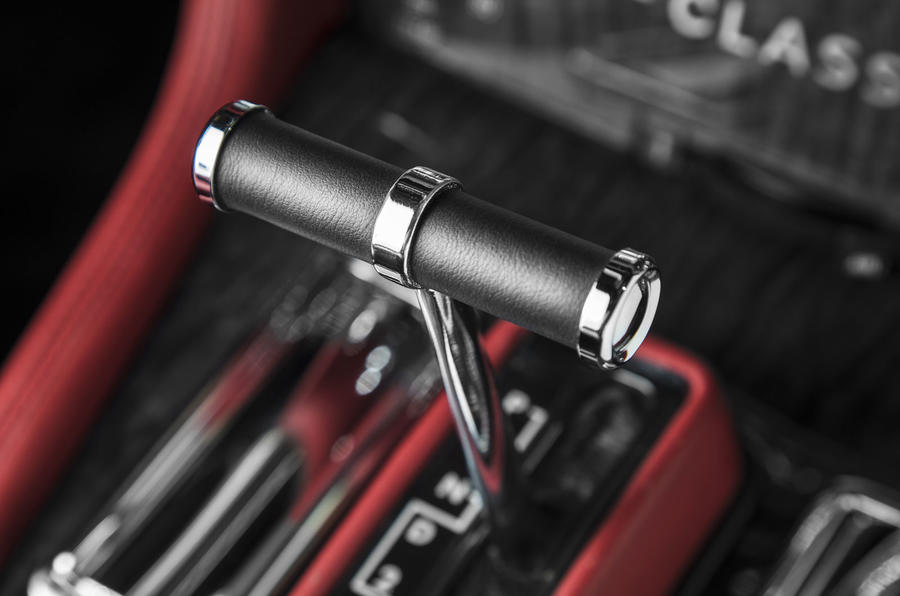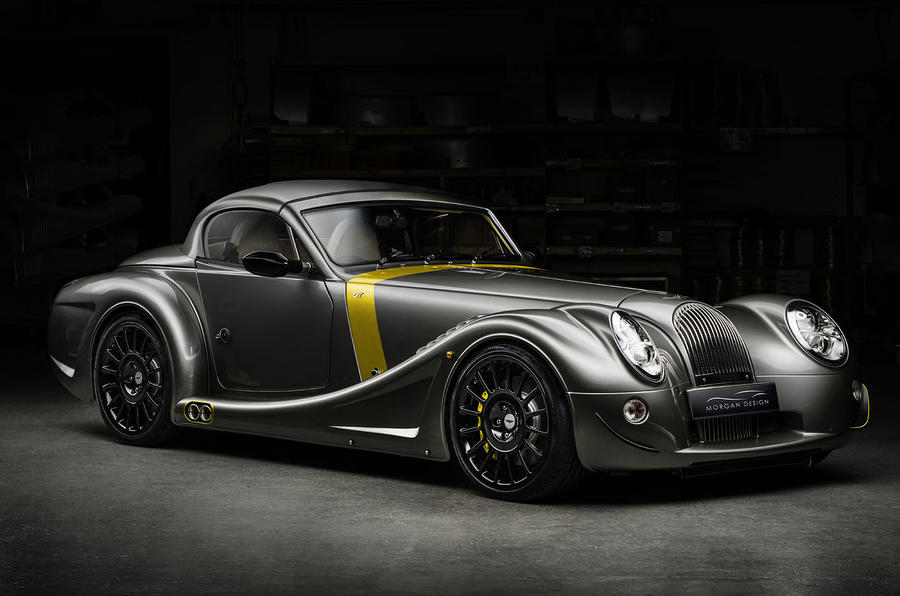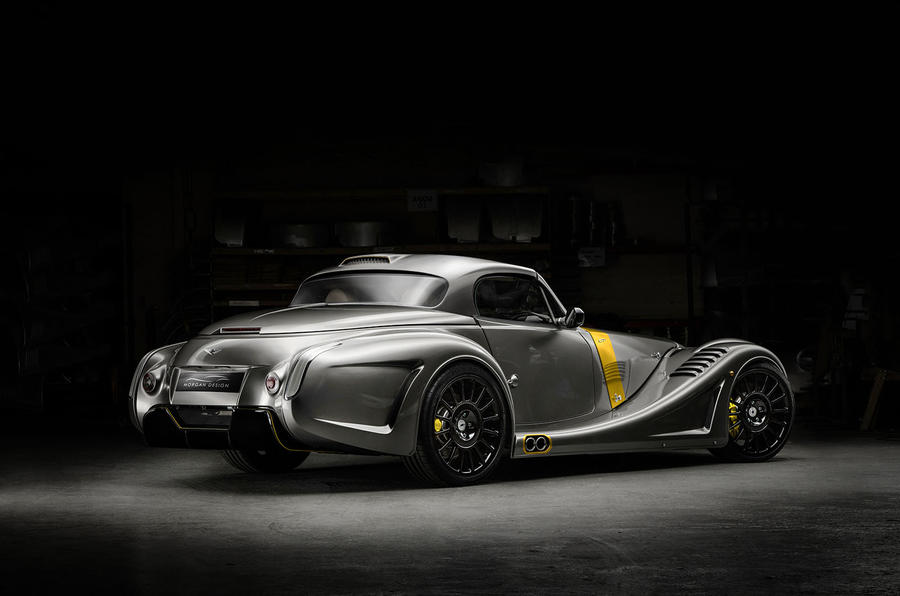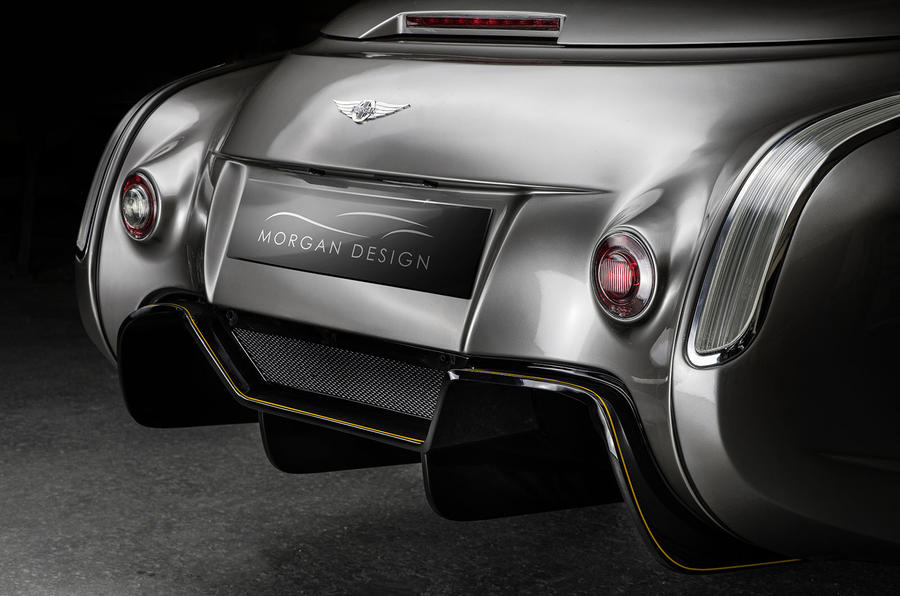Maruti and Honda are both working hard to get hybrid cars into production in India by 2020 or 2022. The change is being driven by the impending 2022 CAFE norms. While today’s adjusted-for-kerb-weight Corporate Average Fuel Efficiency (or Consumption in India) figure of 138g of CO2 per kilometre (for the fleet) isn’t too stringent, the upcoming limit of 113g per kilometer, to be introduced in 2022, will be extremely difficult to meet, especially for petrol cars. In simple terms, this is because CO2 output is directly proportional to fuel economy. So, while fuel-efficient diesels will have a tough time with emission norms but will meet CO2 norms more easily, less efficient petrol cars will be in a bind. And then there’s the fact that petrols are generally lighter: remember the weight-adjusted bit. This is why come 2022, carmakers who already are familiar with hybrid tech will try and shift to petrol-electric as soon as possible. Electrification of a petrol engine, after all, helps make it more efficient because electric systems operate at a much higher level of efficiency as against internal combustion engines (90 percent vs 35 percent), improving the combined efficiency.
Of the two companies – Honda and Maruti – going hammer and tongs at hybrid tech in India, it’s the latter that is likely to be the first off the blocks. The company’s head of engineering, C V Raman is pretty clear: “What we are looking at doing is improving our internal combustion engines by hybridising them”. Options include ISG (Integrated Starter Generators) or SHVS-like systems as well as stronger hybrids. And it’s the latter Maruti is looking at more seriously. Get this: while a similarly specified Swift petrol delivers 22.6kpl in Japan’s JC08 test cycle, the Swift hybrid that gets a strong 10kW electric boost from its 100V system delivers 32kpl.
The configuration for India will be different. We are unlikely to get Suzuki’s Dualjet engine here and the boost is likely to be in the region of 8kW as against 10. But the ramp-up in efficiency could actually be the same; which, in effect, works out to a real-world figure of around 19kpl under Autocar India’s city cycle. Wow. Even the difference in price in Japan isn’t too much. A Swift hybrid, assuming all components are localised (which they may not be initially), will not cost more than a diesel version of the same model. And what is likely to help is that Maruti will source the battery pack from the Suzuki-Denso-Toshiba consortium that will start producing lithium-ion batteries here by 2020.
Honda is the other company looking at locally assembling hybrids here. Yoichiro Ueno, Honda’s boss in India, says he’s already seeing the potential of hybrid cars here, especially after the 2022 CAFE regulations hit. “It would be essential to launch hybrid vehicles to meet norms.” Honda has already seen that importing hybrids doesn’t work: “Some components may have to be imported in the beginning, but we want to maximise the locally made parts.” And Honda could also export hybrid engines from India, just like it does its 1.5 and 1.6 Earth Dreams diesels.
Honda, however, is unlikely to go in for a conventional hybrid setup, similar to its earlier IMA (Integrated Motor Assist)- equipped cars. The carmaker already has a City Hybrid that is sold in Malaysia. But the big news is that it is unlikely to go with this 110hp engine that gets a 22kW electric boost. What Honda is looking to do is skip an entire generation and go straight to its new and frankly amazing range extender-like hybrid system seen on the Accord. Known as Intelligent Multi-Mode Drive (i-MMD), the car works either as an electric car in Hybrid Drive Operation (HDO), with the petrol engine charging the battery and the e-motors powering the wheels, or in Engine Drive Operation (EDO), where drive from the engine is sent to the wheels directly, but via a single gear equivalent to fourth, for reduced transmission losses. For the record, the Accord Hybrid delivers a real-world figure of 17.4kpl under Autocar’s city test cycle. Imagine what it could deliver in a car that weighs half a tonne less and has a smaller 1.5-litre engine?
It’s not clear what hybrid configurations Maruti and Honda will come with first. Launch dates are nowhere near final and it’s not clear which models will come first. However, one thing is for sure – come 2022, fuel-efficiency figures are set to zoom.
Between a diesel and a petrol-electric hybrid, which type of powertrain would you opt for? Let us know in the comments section below.

















